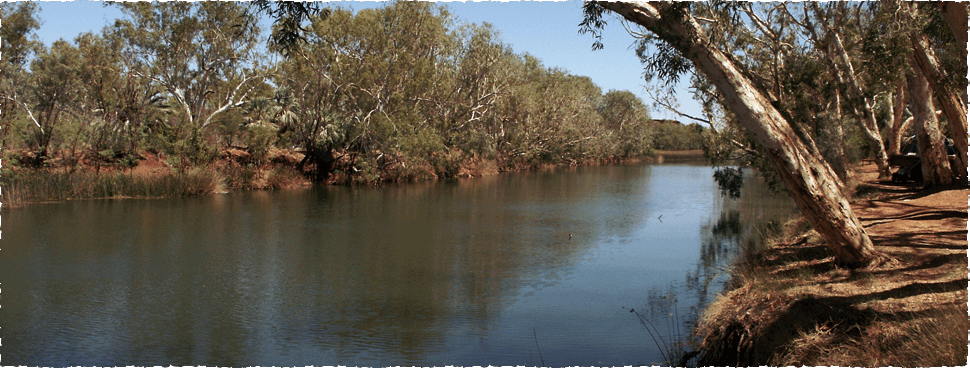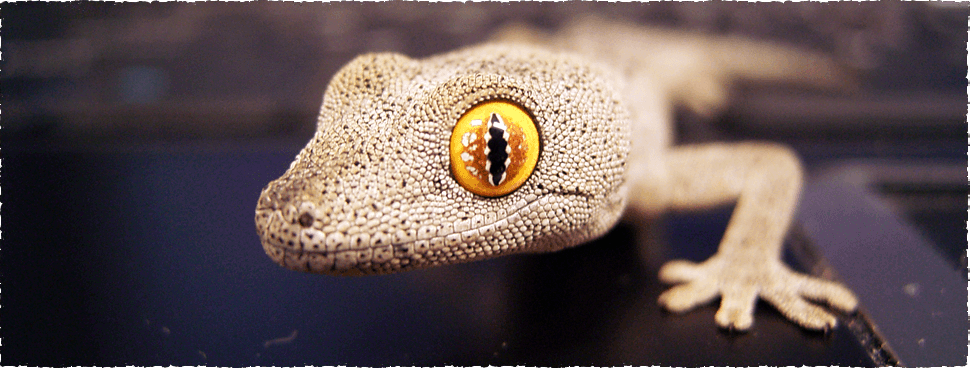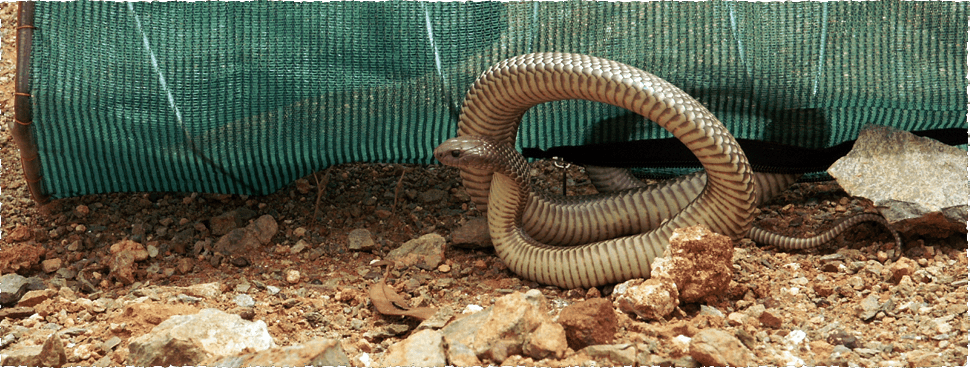Early October heralds the return to the Perth area of one of Australia’s most colourful birds, the Rainbow Bee-eater (Merops ornatus). This bird, with its striking plumage of green, blue, orange and black, is a familiar site in the woodlands around Perth during the late spring and early summer as it undergoes its annual breeding […]















Rainbow Bee-eaters return
October 10th, 2016Assessing disturbance impacts using a bio-indicator
August 10th, 2016After receiving multiple queries about the Rehabilitation and Degradation Index (RDI) discussed briefly in last weeks post I thought I would provide a bit more information. More frequently, state and commonwealth government environment ministers have required development proponents (i.e. land developers, mining companies etc) to monitor on-going potential impacts on the biodiversity in areas adjacent […]
Evaluating a potential disturbance
August 3rd, 2016In many cases biological surveys to inform the evaluation process should be conducted on multiple occasions and comparison will be made between these data to ascertain trends and changes. However, data are only comparable when the same protocol has been used. Baseline data Most fauna impact evaluations compare aspects of the fauna assemblage or the abundance […]
Is the EPA consistent in its assessment
July 27th, 2016At the recent Goldfields Environmental Management Group (GEMG) workshop, Andrew Mack, Associate Director with the Talis Consultants asked the question: is the EPA consistent in its assessment of large scale projects? This question should be viewed in concert with the recently released Independent Legal and Governance Review into Policies and Guidelines for Environmental Impact Assessments […]
Do we need a comprehensive public fauna survey database?
July 20th, 2016In 2005, Prof. Philip Withers (UWA) and Dr Graham Thompson, via the Royal Society of Western Australia, received a $99,000 grant to develop a custom written software package for a vertebrate fauna survey database. The intent of this grant and LotteryWest (the grant provider) was that the data were to be made publicly available. In […]
Are we losing potential zoologists because of our laws?
July 13th, 2016When I was young I spent a lot of non-school time looking in dams and creeks for tadpoles, frogs and fish, or in the bush looking for small snakes and lizards. I kept tadpoles, frogs, lizards and fish in appropriate containers and was fascinated by these animals. I’m pretty sure that it was this early […]
Sometimes things just don’t work out as planned
July 6th, 2016A couple of years ago, Terrestrial Ecosystems undertook a fauna relocation job south-east of Port Hedland. It was large project area and our task was to catch all the Mulgara (Dasycerus blythi) that were present and relocate them to an area specified by the client before the vegetation was cleared. Four staff worked hard each […]
Seldom do we consider ‘edge effects’ in EIA
June 29th, 2016Edge effects can be abiotic or biotic. Murcia (1995) indicated that abiotic edge effects included lower biomass and lower or different structural complexity that alters the microclimate, with the air temperature, air moisture, soil moisture and light intensity varying between edges and the interior in forest fragments, and these were modulated by orientation and physiognomy. […]
Blind Gudgeons
June 22nd, 2016Western Australia has either two or three blind cave gudgeons: Milyeringa brooksi from Cape Range (Chakrabarty 2010), M. justitia from Barrow Island (Larson et al. 2013) and M. veritas also from Cape Range (Humphreys 2001). Larson et al. (2013) reported the allozyme analysis of Humphreys and Adams (1991) and Adams and Humphreys (1993) of the […]
Managing genetic diversity in relocated Golden Bandicoots
June 15th, 2016At a recent workshop which investigated genetic considerations for fauna translocations, Dr Kym Ottewell explained that the effectiveness of fauna reintroduction programs is often limited by the availability of source animals. In particular, genetic diversity often declines along with associated fitness in relocated populations that have small source populations and/or maintain small long-term population size […]
